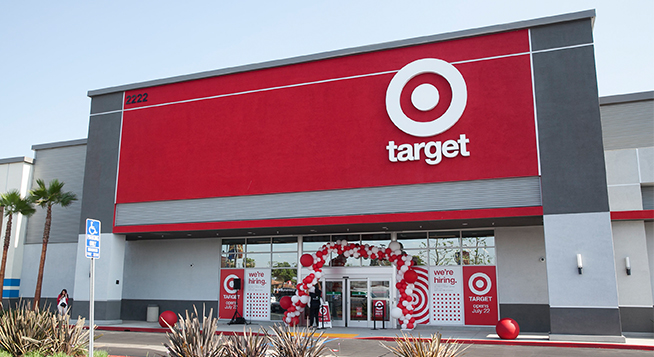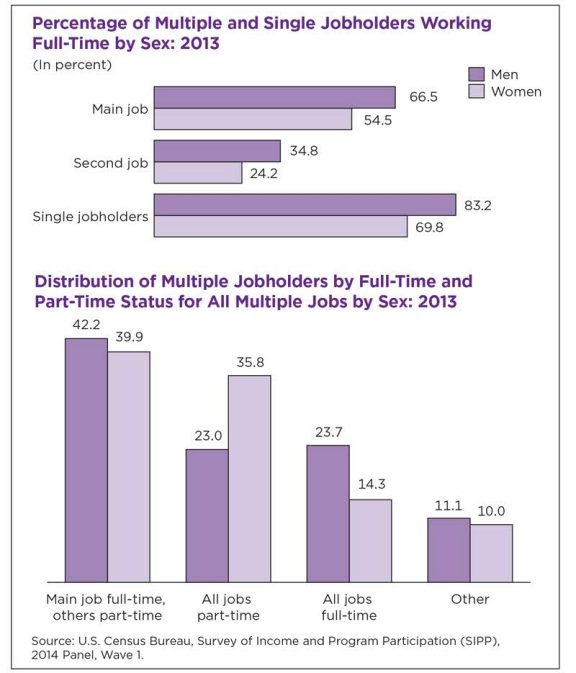
- Inspiring People -
- 7mins -
- 350 views
Target permanently raises staff minimum wage to $15 an hour
In a move that will impact 275,000 employees across its stores and distribution centers, Target announced it will permanently raise its starting wage by $2 to $15 beginning 5 July.
Target raises starting wage to $15 an hour
Target stores announced earlier this month it will be permanently raising its starting wage for U.S. team members to $15 per hour from 5 July. In addition, the company will give a one-time recognition bonus of $200.00 to its frontline store and distribution center hourly workers for their efforts during the coronavirus pandemic.

Target first major retailer to permanently increase pay during the pandemic
Target is raising its starting wage to $15 an hour, making it the first major retailer to permanently increase pay during the pandemic, reported the Washington Post on 17 June.
The retailer, which previously had a starting hourly wage of $13, has been offering workers an extra $2 per hour in “hazard pay” since 25 March, two weeks after the World Health Organization declared the coronavirus outbreak a global pandemic. On Wednesday, it said it would make that pay increase permanent.
“Team members have always been essential to Target’s success, and the current crisis has only amplified how their work serves communities and families every day,” the company said in a statement.
Target’s wage increase, which goes into effect July 5, makes good on a 2017 promise to raise its hourly wage to $15 by the end of 2020. The company has incrementally raised starting pay in recent years: to $11 in 2017, $12 in 2018, and $13 in 2019. The latest bump will affect about 275,000 of its 350,000 employees, the company said.
Target, based in Minneapolis, said it would also give hourly employees a one-time bonus of $200 at the end of July. It also touted a number of new employee perks, including free virtual doctor visits, backup child and family care, on-demand fitness classes and free thermometers to employees who need them.
The company has hired thousands of additional workers in recent weeks to keep up with booming demand. Online sales more than doubled in the most recent quarter, while sales at stores open at least one year grew nearly 11% from a year earlier.
In all, Target said it is investing nearly $1 billion more this year in employee wages and other benefits than it did last year. Target reported revenue of $78.1 billion last year, with a profit of $3.2 billion.
Source: WashingtonPost

Why Target is raising its minimum wage when the federal hourly minimum wage is $7.25
Marketplace.org, the nonprofit news organisation on a mission to raise the economic intelligence of the public, published a fascinating article delving deep into the reasons behind Target’s latest wage increase.
They point out that Target has steadily increased wages over the past three years, raising its hourly minimum to $11 in 2017 and $13 last year. In 2017, the company also stated it aimed to raise the minimum wage to $15 by the end of 2020, which puts the retailer several months ahead of its goal.
A Target spokesperson told Marketplace at the time that the increase to $11 was aimed at retaining its team members and recruiting additional employees. The new minimum wage puts the company in line with Amazon and Costco, which both provide a minimum wage of $15, and ahead of Walmart, which pays a minimum wage of $11 an hour.
“Workers are going to be looking around for jobs. And if they can get a job at Target over Walmart, they’re going to choose to do so,” said Erin Hatton, an associate professor at the University of Buffalo who researches the sociology of work.
Daniel Zhao, a senior economist with Glassdoor, said that prior to the crisis, a lot of retailers and larger companies had raised their minimum wages to compete in a very tight labour market. This move reveals how Target sees the economic conditions ahead.
“Companies don’t change their pay scales on a whim. It’s definitely been a well-thought-out, thoroughly debated decision,” Zhao said. “If they expect spending to tick back up, and the recovery to continue, then trying to attract workers now is a good forward-looking move in order to get ahead of the competition once the economy fully reopens.”
Hatton said she thinks Target’s decision to raise wages ahead of the initial deadline may be a way of generating good publicity for the company.
“I suspect they’ve done so to capitalise on this current moment of crisis — both from the coronavirus, and the economic crisis that has kind of brought on, as well as the very real and important protests around the Black Lives Matter movement,” Hatton said.
Although some states set their own minimum wages, the federal hourly minimum wage currently stands at $7.25 and hasn’t budged in more than a decade.
Political movements such as the Fight for $15 are pushing for a federal increase, while Democrats have supported the $15 minimum wage through measures like the Raise the Wage Act. The Economic Policy Institute has outlined several points about this specific amount, stating that by 2024, a single adult without children will need $15 an hour in full-time income to “achieve a modest but adequate standard of living.”
“On the one hand, we shouldn’t leave it up to the beneficence of corporations to raise the minimum wage,” Hatton said. “But it is positive to see such a large and pretty important corporation and service provider in the U.S. try to take the lead.”
Zhao told Janet Nguyen for Marketplace that some companies might follow suit, while others won’t.
“Some companies just fundamentally will not have the cash in order to support an increase in wages,” he noted. “On the other hand, you might have larger companies who have more cash reserves and more cash flow to actually make this move and try to beat out their competition.”
Target is also providing new and extended COVID-19 benefits, including paid leave for employees 65 and older, free counseling and free access to health care through virtual doctor visits.
While Target is moving in the right direction, Hatton said, workers not only need decent, sustainable wages, they also need to be “protected from undue danger and exposure.”
Source: Marketplace

Around 13 million US workers have more than one job — women more likely to have multiple jobs
A small but steady number of American workers have more than one job, because either they need extra income or they want to gain more experience or explore different interests.
A recently released U.S. Census Bureau report looks at the characteristics of workers who had multiple jobs in 2013 by sex, industry, occupation and work schedule. The Multiple Jobholders in the United States: 2013 report uses data from the 2014 Survey of Income and Program Participation (SIPP).
The recently redesigned SIPP collects continuous, detailed information on up to seven jobs or businesses held during a 12-month period.
This type of data allows researchers to study the dynamics of employment and provides comprehensive information on jobs held and businesses owned throughout the year. The first release of SIPP data was in 2017 and provided data collected about 2013. Data for more recent years is released annually.
Even though the majority of workers held a single job in 2013, 8.3% of workers had more than one job — and most held both jobs for the entire year.
Women were more likely than men to have a second job — 8.8% compared with 8.0%, respectively. While most of these multijob workers only had two jobs, a small percentage (6.9%) worked more than two jobs.
Where do people find the time?
- Having more than one job shows a talent in time management. The greater number of jobs held, the more difficult it is to adjust work hours across jobs.
- Men and women with only one job were more likely to work a full-time schedule than those with multiple jobs. For example, 83.2% of men with one job worked full time while only 66.5% of men with at least two jobs worked full time at their main job.
- Among workers with multiple jobs, the most common schedule was to work full time at the main job and part time (less than 35 hours per week) at their other job or jobs.
- Women were more likely than men to work part time at all jobs, while men were more likely than women to work full time at every job.
- While most of these multi-job workers only had two jobs, a small percentage (6.9%) worked more than two jobs.
Source: Census.gov


